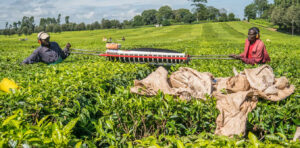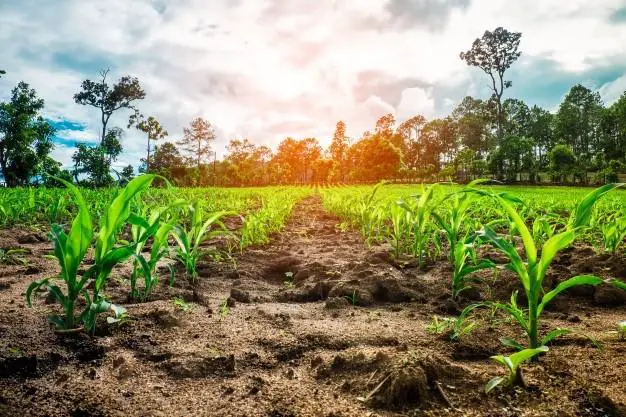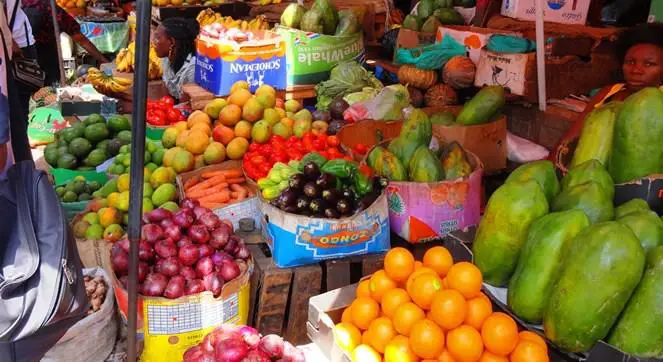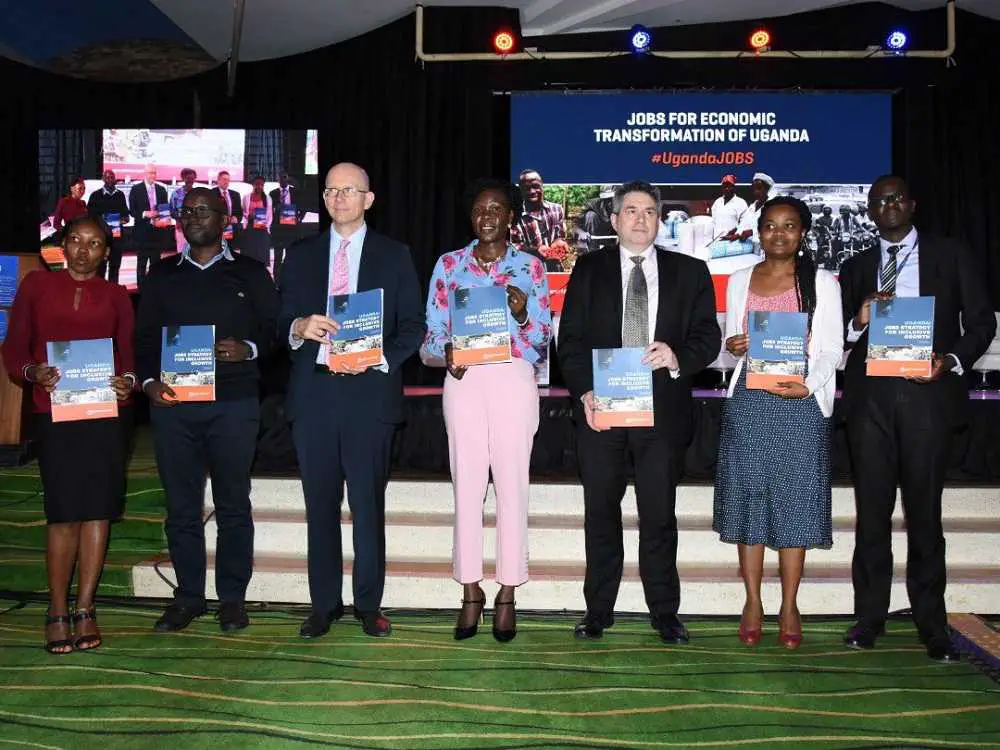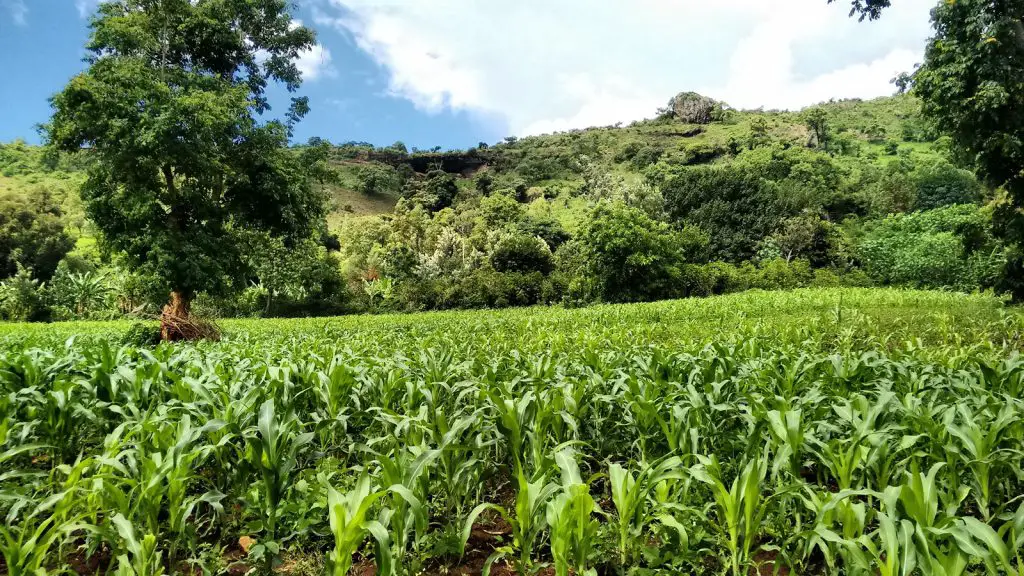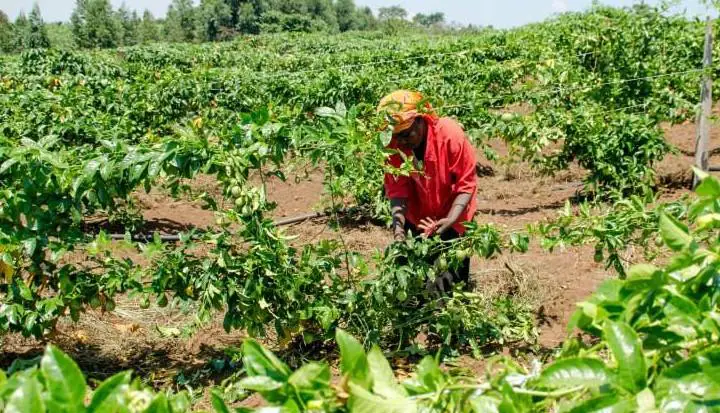- Agribusiness could drive Africa’s economic prosperity
- Dawood Al Shezawi: Why AIM Congress 2024 is the epicenter of global economic and cultural dialogues
- d.light’s 600,000 cookstoves project verified as top source of quality carbon credits
- Artificial intelligence (AI) could create a turning point for financial inclusion in Africa
- AIM Congress 2024: Catalysing global investments with awards
- Kenya’s economic resurgence in 2024
- The most stressful cities to live in 2024 exposed
- Tech ventures can now apply for the Africa Tech Summit London Investment Showcase
Browsing: Agriculture in Uganda
Uganda’s agricultural prices improved by five per cent as the economy begins to recover gradually in the third quarter of 2020.
This is according to a report by the Uganda Bureau of Statistics which noted that food crop activities registered a growth of 4.3 per cent in 2019/2020 compared to the 1.5 per cent growth in 2018/19.
In 2019/2020, Uganda’s livestock activities grew by 7.7 per cent compared to 7.3 per cent in 2018/19.
Speaking during a thought-leadership forum hosted by the Centenary Bank under the theme “ Interventions for Agribusiness Development” the Chief Manager Agribusiness at the bank said “The 5 percentage points price improvement, is largely attributed to the gradual recovery of activities in the agricultural sector and the economy as a whole, case in point is the improved price of Matooke and other foodstuffs.”
He also added that financing is instrumental in boosting agricultural activities and the …
The government of Uganda has increased import duty on agricultural products to 60 per cent and other products to 35 per cent in a bid to raise revenue.
The total import bill in Uganda is $7 billion per year.
During the presentation of Uganda’s budget for the financial year 2020/21 the finance minister Matia Kasaija said: “In order to promote import substitution and the development of local industries, we have increased import duties on goods that are produced or can be produced locally.”
Mr kasaija said that the import duty on agricultural products has been increased to 60 per cent and other products to 35 per cent.
The finance minister also said that modest tax rates adjustments that have been made include removing ambiguity in the legislation, the excise duty rate on fuel, support compliance and emoving any loopholes that may lead to revenue loss.
He said that VAT will …
The European Union is one of Uganda’s major trading partners with annual trade balance books exceeding USD 1 billion every year.
However, more and more free trade pacts are been signed across Africa, opening ever more doors to new markets right within the country and this may upset the traditional foreign trade reliance.
For, now, international trade remains business as usual, why only last month, the EU announced that it is extending Uganda some USD97.5 million as grant financing to fund development projects in this financial year.
This latest grant pact further strengthens bilateral relations between the two even as EU investments in Uganda surpass the USD 2 billion mark per year.
To put icing on the cake, the Pearl of Africa is also expected to get foreign direct investments worth USD 733.3 million that EU firms, according to local media intend to invest over the course of the next …
Uganda will find itself with a crisis of more workers than jobs unless the country’s economy grows faster than its current pace world bank report says.
According to “Uganda: Jobs strategy for inclusive growth” a new World Bank report released early last week, Uganda has seen more than 300,000 additional workers enter the job market per year between 1992 and 2014. Between 2030 and 2041, the number is set to rise to over one million annually.
The report said that With the country’s growing population, an economic transformation that will create jobs creation requires faster urbanisation with industrialisation, which should start with the developing commercial agriculture.
Also Read: World Bank restitutes relations with Somalia
The agricultural sector in Uganda accounts for around 80 per cent of the annual export earnings and employs nearly 82 per cent of the workforce.
Three-quarters of young Ugandans entering the labour market work in agriculture …
Uganda’s growth in the economy has not been fast enough to create enough jobs with higher earnings for one of the world’s fastest-growing workforces.
In Uganda, the World Bank reports that agriculture has remained an earnest tool for most of the youth.
According to the Bank, youth unemployment is growing with each year, 400,000 youth entering the labour market and competing for only 80,000 formal jobs. In Uganda, 75 per cent of the workforce and 55 per cent of youth are engaged in the agriculture sector.
Young Ugandans need faster economic growth combined with a faster economic pace of economic transformation to create higher productive jobs for the future economy, says a world bank report researched and authored by Dino Merotto.
According to the report, Uganda is the world’s youngest country with a median age of just 15.9. From 2010 – 2015 the country also has one of the world’s …
Uganda food inflation declines in spite of a failed harvest from the 2019 first crop season.
Uganda has maintained a relatively low food inflation rate at 1.9 per cent from the 2018 bumper harvest.
Since June 2018, the country has experienced a great harvest of maize, beans, sorghum rice; cassava, sweet potatoes and Irish potatoes that which has kept the prices of all staple foods low meaning households were able to meet their food needs.
Opolot Okaasai, a crop resource expert and former director at the Ministry of Agriculture Animal Industry and Fisheries said that 2018 was good since the first rains came on time across the country and floods came after the crops had been harvested.
This year however started on a difficult note for the country. Although the first quarter was affected by the two tropical cyclones that hit Mozambique and disrupted the country’s rain pattern despite it …
Uganda spends less money in the agriculture sector than any other East African country a World Bank report on public expenditure review shows.
The report shows that Uganda spends only 3.6 per cent of its budget on agriculture, which is the lowest in the region. Rwanda spends 5.3 per cent more on agriculture than any other country in the East African region. Kenya follows closely spending spends 5.2 per cent of its budget on agriculture while Tanzania spends 3.9 per cent, which is slightly above what Uganda spends.
Agriculture in Uganda remains the largest employer with 68 per cent of the population engaged in this sector. Still, much of this sector is still largely subsistence due to lack of funding to support the commercialisation drive.
Presenting findings of the report, Dr Ladisy Komba Chengula, the World Bank lead agricultural economist said that Uganda’s share of final public expenditure in the …
